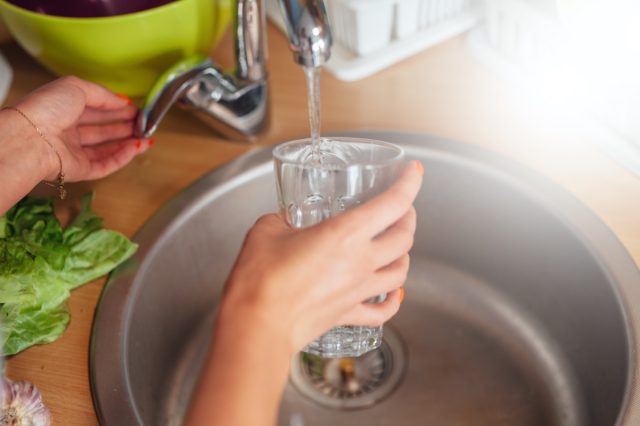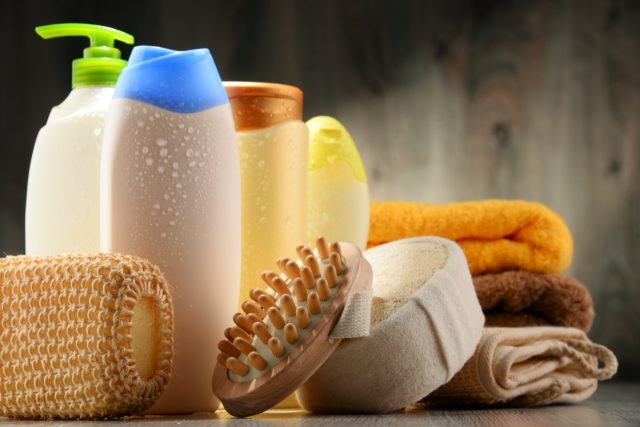Chances are, if you're reading this article, you want to do your best to stay healthy, particularly to keep your heart in top shape. But according to a new study, no matter how careful you are about diet and exercise, the deck may be stacked against you. Scientists found that certain chemicals prevalent in drinking water have been linked to high blood pressure.
PFAS Are a Hypertension Risk, Study Found

Exposure to "forever chemicals"—the man-made chemicals present in food, water, and air that don't break down readily, such as perfluoroalkyl and polyfluoroalkyl substances (PFAS)—may increase women's risk of hypertension (high blood pressure) in middle age.
That's according to a new study published in the journal Hypertension. Researchers at the University of Michigan analyzed health data from more than 1,000 women ages 45 to 56, who were tracked for nearly two decades in the Study of Women's Health Across the Nation Multi-Pollutant Study.
Women With Higher Levels of PFAS Likely to Develop Hypertension

When the study began, all of the subjects had normal blood pressure. Between 1999 and 2017, 470 women developed high blood pressure. The scientists found that women who had high levels of all seven PFAS chemicals in their blood when the study began had a 71% greater risk of developing hypertension.
High blood pressure is what it sounds like—the force of blood moving through arteries is higher than normal. That's dangerous because it can damage those arteries, increasing the risk of serious conditions like cardiovascular disease.
Where You Can Find PFAS

PFAS are used to make cosmetics, personal care items like shampoo and shaving cream, nonstick cookware, and stain-resistant clothes and home furnishings, among other everyday items. According to the National Institutes of Health, these chemicals last so long in the environment that their half-life is impossible to assess. One study found that 97% of Americans have measurable levels of PFAS in their blood. Experts say the most common route of exposure to PFAS is drinking water.
What Next?

Study senior author Sung Kyun Park, an associate professor of epidemiology and environmental health sciences at the University of Michigan School of Public Health, said the study's findings were evidence that chemicals like PFAS should be more closely regulated. "Some states are beginning to ban the use of PFAS in food packaging and cosmetic and personal care products," he said in a release. "Our findings make it clear that strategies to limit the widespread use of PFAS in products need to be developed. Switching to alternative options may help reduce the incidence of high blood pressure risk in midlife women."
No comments:
Post a Comment